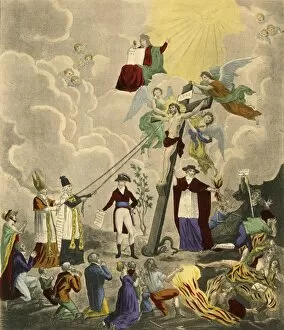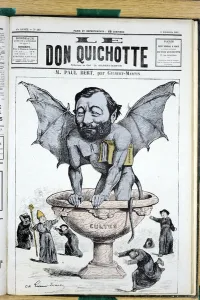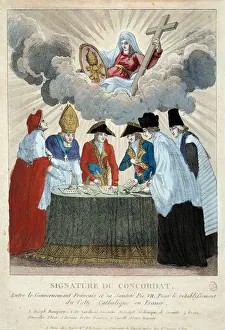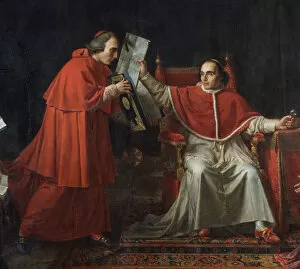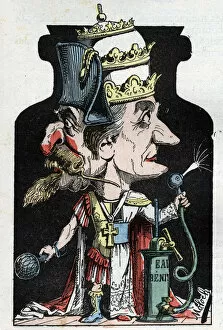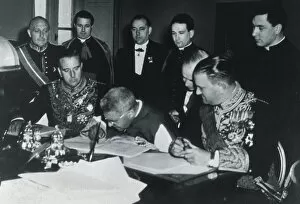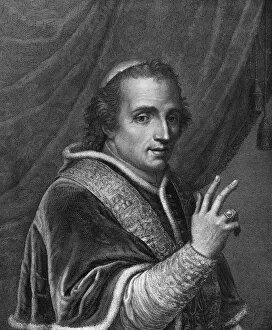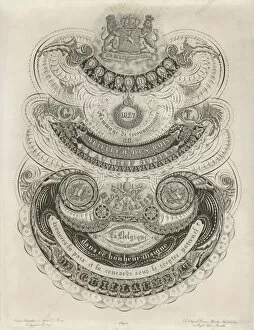The Concordat: A Historical Agreement Shaping Religious and Political Landscapes From the reestablishment of Catholic worship in 1802 to the signing of various significant agreements, such as the Concordat of Bologna in 1517 and the Concordat of Fontainebleau in 1813, this caption delves into the intriguing world of concordats. These agreements between religious and political entities have played a pivotal role throughout history. One captivating image portrays a meeting between Francois I and Leon X in Bologna during the early 16th century. This gathering resulted in the famous Concordat of Bologna, which solidified relations between France and Rome. Painted with oil on canvas, this artwork captures a moment that shaped future alliances. Fast forward to France under Consulate rule from 1799-1804; it was during this time that Napoleon Bonaparte sought to establish stability through religion by negotiating a new concordat with Pope Pius VII. The pope's subsequent imprisonment at Fontainebleau led him to reluctantly sign another agreement known as the Concordat of Fontainebleau, effectively relinquishing his temporal sovereignty. Intriguingly satirical covers from publications like "Le Don Quixote" shed light on public opinion surrounding these concordats. They serve as colorful commentary on their significance within society. Pope Pius VII himself played an instrumental role in shaping concordats when he wrote one between Holy See and Cardinal Consalvi. His efforts aimed to strengthen relationships within religious institutions. Signatures hold immense power when it comes to formalizing agreements; thus, we witness key moments like those captured during the signing ceremonies for both the Concordat of 1801 and Lateran Treaty. These events marked crucial turning points for France's relationship with both Rome and its own clergy. Lastly, we encounter historical documents such as "Concordat et Recueil des bulles et brefs de N. S.

